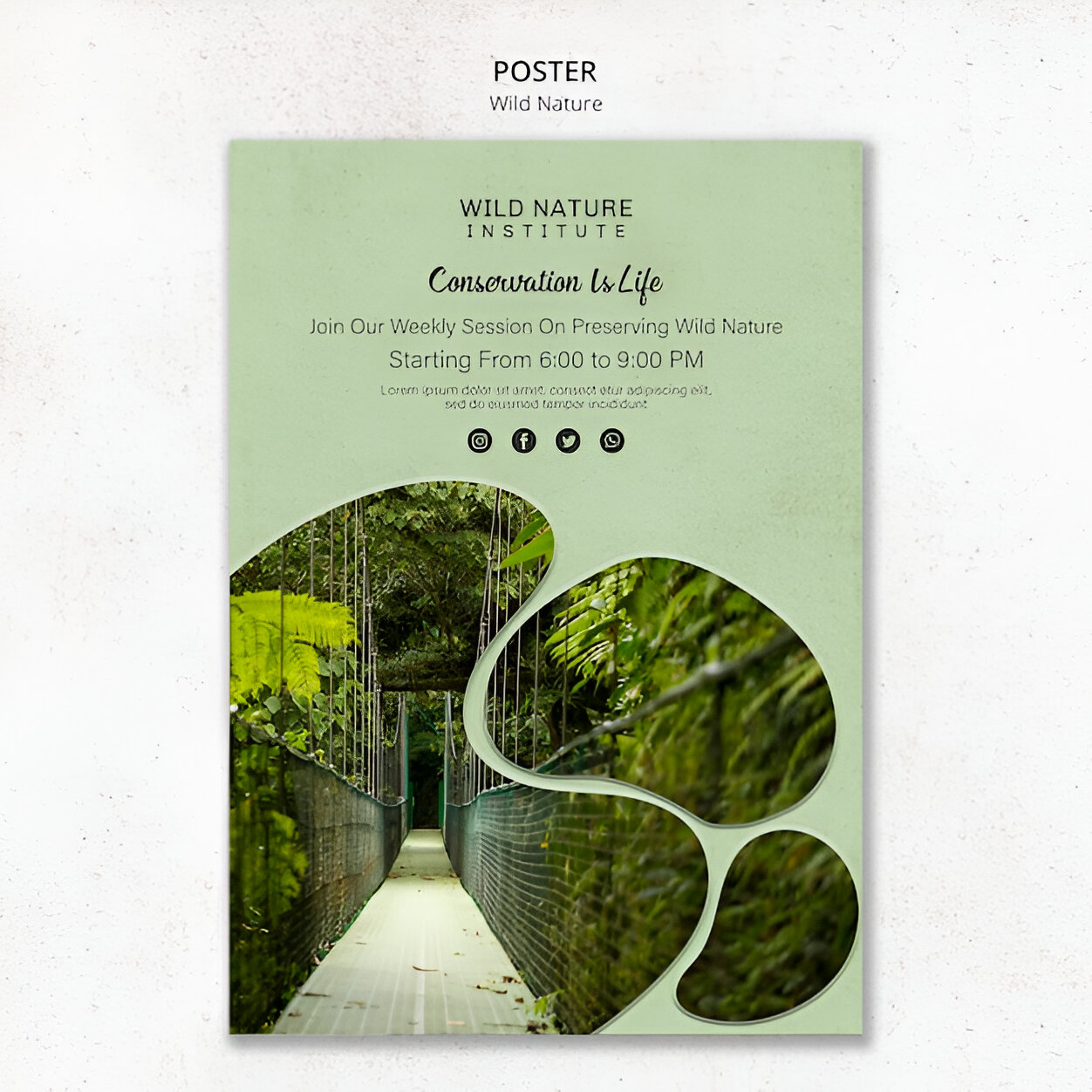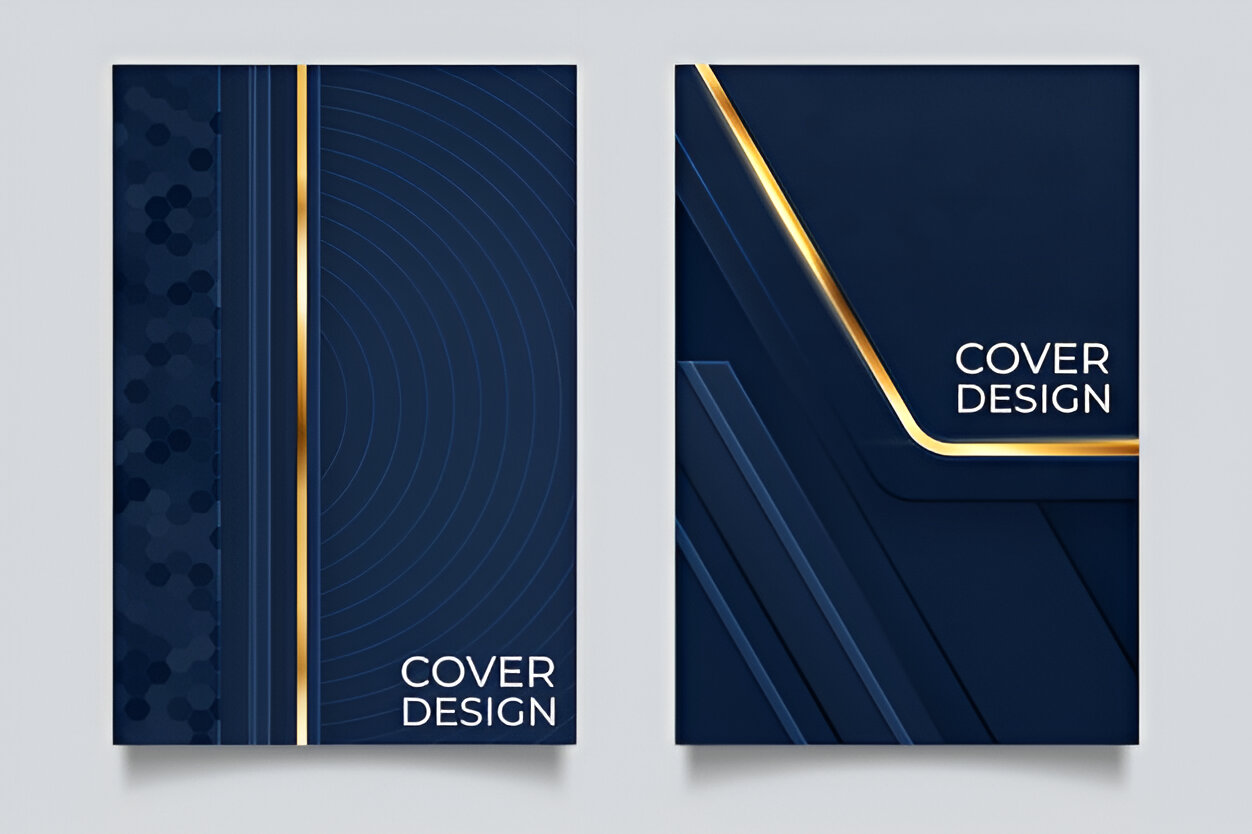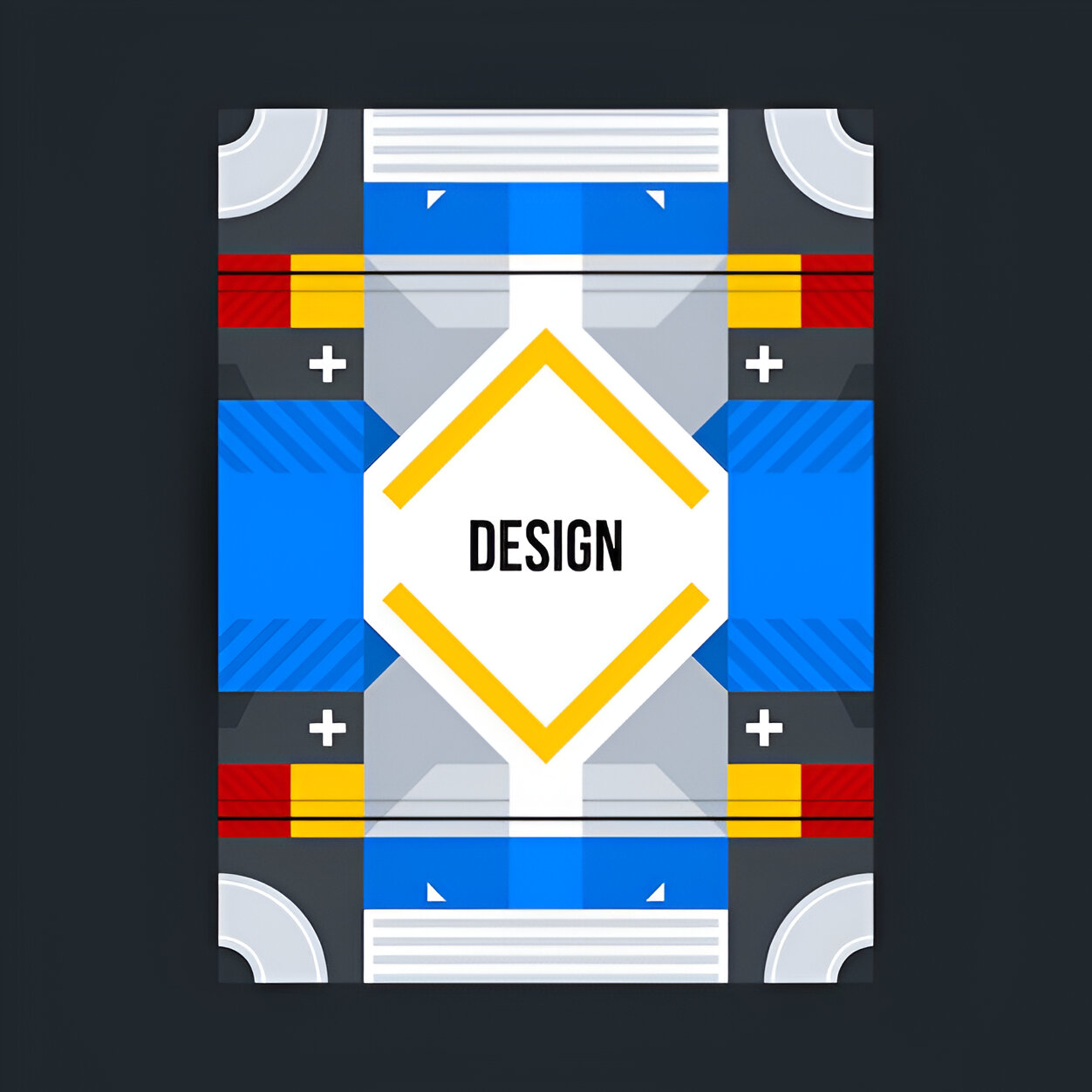How Book Cover Designs Influence Readers’ First Impressions
When you walk through a bookstore or browse a digital library, what’s the first thing that catches your eye? It’s not the author’s name, nor the synopsis—it’s the book cover design. In today’s fast-paced and highly visual world, book cover designs serve as the first handshake between your story and a potential reader. It’s a visual pitch that can make or break a sale in mere seconds.
Whether you’re a self-published author or a major publishing house, investing in the right book cover design service can significantly increase your book’s chances of success. Let’s explore how and why book cover designs play such a crucial role in shaping a reader’s first impression—and ultimately, their buying decision.
Why First Impressions Matter More Than Ever in Publishing

We live in a visually driven society where attention spans are shrinking, and competition is fierce. With millions of titles competing for a reader’s attention, your book cover is your first (and sometimes only) opportunity to stand out.
According to publishing experts, a reader decides whether to explore a book further in just 3–5 seconds. In that brief window, the book cover design needs to intrigue, inform, and persuade.
1. The Psychology Behind First Impressions
Snap Judgments and the Power of Visual Cues
Human brains are wired to make instant assessments. These snap judgments are often subconscious but highly influential. Colors, shapes, imagery, and typography are processed in milliseconds and generate emotional responses.
A dark, moody cover may evoke suspense and mystery, whereas a bright and colorful design can suggest a fun or light-hearted read. The right book cover designs subtly communicate genre, tone, and professionalism all at once.
The Visual Trigger: Colors, Fonts, and Imagery
- Colors: Each color evokes different feelings—red can imply passion or danger, blue suggests trust, and green can feel calming or natural.
- Fonts: Serif fonts may feel classic and authoritative, while sans-serif fonts feel modern and clean. Script fonts may convey elegance or romance.
- Imagery: The use of illustrations vs. photography can also signal different genre expectations.
Understanding these visual cues helps book cover designers create a cover that resonates with your target audience.
2. Judging the Genre by Its Cover
Genre Conventions Matter
Readers have genre expectations, and book cover designs that align with those expectations are more likely to attract the right audience. A fantasy novel might feature epic landscapes and magical creatures, while a thriller might opt for stark imagery and bold fonts.
Mismatched designs can confuse potential buyers. Imagine a horror novel with a romantic, pastel-colored cover—it’s misleading and might drive away the intended reader.
A skilled book cover designer knows how to incorporate genre conventions while still offering a fresh and original look.
3. The Power of Professionalism

Homemade vs. Professionally Designed Covers
In the age of DIY tools and templates, it’s tempting to design your own cover. But readers can instantly tell the difference between amateur and professional book cover design services.
A poorly designed cover suggests a lack of investment in the book itself. On the other hand, a polished and professional design communicates quality, credibility, and seriousness.
Investing in a reputable book cover design service provider ensures your book doesn’t get passed over simply because it “looks self-published.”
4. Elements That Make or Break a Book Cove

Typography That Talks
Typography isn’t just about readability—it’s about mood. Fonts have personalities, and choosing the right one is essential. Your title should be legible in thumbnail size (especially for digital books) and complement the genre and tone.
Color Psychology: Evoking Emotion
Color choices affect how people feel about your book before they read a single word. Warm tones may feel inviting, while cool tones can be mysterious or serene. A good book cover designer understands how to use color to shape perception.
Imagery and Illustration: Telling a Visual Story
Strong visuals draw the reader in and give a glimpse into the story. Whether it’s abstract or literal, the imagery must reflect the book’s content and appeal to its intended audience.
Balance and Layout: Harmony in Design
Every element—title, subtitle, author name, background—must be balanced. Cluttered layouts can confuse readers, while clean, professional compositions create trust.
5. Cultural and Market Considerations
Know Your Audience
Different markets have different preferences. A cover that performs well in the U.S. might not resonate in Europe or Asia. Some genres have more regional variance than others, and successful book cover design service providers account for this during the creative process.
Global vs. Local Design Trends
Trends shift based on culture, technology, and social norms. For instance, minimalist covers are gaining popularity in Western fiction, while ornate and detailed covers are still favored in parts of Asia.
This is where working with experienced book cover design services can provide a strategic advantage. They often track international trends and can advise on designs that work globally or locally.
6. Real-World Examples of Influential Book Covers

Before and After: Design Transformations
Some of the most notable book successes came after a cover redesign. For example, The Martian by Andy Weir originally had a plain, uninspiring cover in its self-published version. When the book was picked up by a major publisher and redesigned professionally, it skyrocketed in popularity.
This transformation underscores how powerful a great book cover design can be.
Bestsellers That Owe Their Success to Strong Covers
Books like Gone Girl, The Night Circus, and Where the Crawdads Sing had covers that perfectly encapsulated the tone and mood of the book—contributing to their viral spread and commercial success.
These weren’t accidents. They were the result of collaboration between authors, publishers, and experienced book cover designers who knew how to create maximum impact.
7. Tips for Authors and Designers
Questions to Ask Before Finalizing a Cover
- Does this cover reflect the book’s genre and tone?
- Will it appeal to my target audience?
- Is it legible in thumbnail size?
- Does it evoke curiosity or emotion?
- Would I pick up this book if I saw it on a shelf?
Collaborating With a Book Cover Design Service
Hiring a book cover design service provider means working with a team that understands both creative design and market strategy. Share a clear brief with details about your audience, genre, themes, and any inspiration you have.
Be open to suggestions—book cover designers have industry knowledge and experience in what actually works in the marketplace.
Conclusion:
In publishing, your cover is often your only chance to grab attention. It’s not just decoration—it’s strategy. It tells your story, conveys your professionalism, and invites readers into your world.
Whether you’re launching a debut novel or rebranding a classic, never underestimate the power of exceptional book cover design. Partnering with experienced book cover design service providers can make the difference between a book that blends in—and one that stands out.
If your goal is to attract readers, generate buzz, and drive sales, the path starts with a powerful visual. In the end, people really do judge a book by its cover—so give them something worth judging.

